[Note: This interview with Foghat’s Roger Earl and Craig MacGregor was first published in 2016.]
If there was a prize for World’s Greatest Blues Boogie Band, Foghat would likely take the honor handily. Formed in 1971 and with decades under the band’s belt, they’ve mastered the infectious sound of full-throttle blues rocking.
“Yeah, I agree with that, we own the prize,” says bassist Craig MacGregor, known affectionately as Mac. As a group who toured almost non-stop throughout the 1970s into the ’80s and still keep almost as busy today, they earned it. “We sure have.”
“We’ve been practicing for about 50 years. It’s actually around 45, but it feels like more than that,” says band founder and drummer Roger Earl. “So it’s about time we got it right.”
Foghat has a quite muscular recent album out, 2016’s Under The Influence, and Best Classic Bands spoke with the group’s rhythm section. But before we got into talking about that and the band’s deep history, Earl, who lives on the North Shore of Long Island, had to share something with MacGregor, who makes his home in Reading, Penn.
“Mac – I went to see Joe Walsh and BadCo last night at Jones Beach and it was great,” Earl enthuses.
“Joe is awesome. That’s sounds like a great show,” says Mac. [Craig MacGregor passed on February 9, 2018.]
Then Earl turns the conversation to the interviewer. “Paul Rodgers probably has one of the best voices – no, probably the best voice – in rock ‘n’ roll. And I’m good friends with Simon Kirke. Over the years we seem to turn up at different places at the same time. Simon’s a great drummer too.” And one of the nicest people I’ve ever spent an hour interviewing (back in the early ’80s).
“Drummers are happy people,” Earl points out. “We’re always banging on shit. You get all your aggro out.”
Earl, born on May 16, 1946, started “banging on shit” back home in London in the 1960s, playing with Savoy Brown (and auditing for the Jimi Hendrix Experience) until he and guitarist “Lonesome Dave” Peverett and bassist Tony Stevens split off in 1970 to form Foghat. The band released its self-titled debut album in 1972, produced by Dave Edmunds. Their supercharged version of Willie Dixon’s blues chestnut “I Just Want to Make Love to You” racked up heavy FM radio play and even dented the pop charts (#83).
The band immediately became a staple on the U.S, tour circuit and has been so ever since, aside from a brief break-up from 1984 to ’86. America was such fertile ground for Foghat that they relocated here. “It was 1973 when I moved here,” Earl explains. “I’d been coming here since 1968 when I was in Savoy Brown. We came here on on Foghat’s first tour in late ’71, went back the end of ’72, and I said, ehhh, I wanna…. It was always American music that moved me and made me pick this long, strange trip. It seemed like a good idea to move here. And it is. I’m an American. You guys just talk a little funny.”
Foghat is best known for its 1975 #20 pop hit and FM radio classic “Slow Ride,” which the band redid with finesse on the recent album. The catchy number has served the band well.
“What’s really cool is when you’ll be talking to somebody, and you’ll have people say they don’t remember the name or aren’t familiar with it. And someone will say, have you heard ‘Slow Ride’? And immediately: Oh, ‘Slow ride/Take it easy,'” MacGregor says. “It blows my mind how many people know that. It’s a very rewarding feeling to know that it has been out there for so long, yet everybody knows it. That’s a pretty impressive thing, it really is for us.”
Adds Earl, “One of the really nice things about it is that you’ll be out having dinner and it comes up with somebody, or you’ll be in a bar, and they’ll say, can I buy you a drink? You’ve got to be careful when you go out or you’ll end up getting smashed.”
As well, “It’s pretty cool when you get a thousand or more people singing ‘Slow ride/take it easy/go down/slow down.'”
Under The Influence also has a rocked-up funky take of “Heard It Through The Grapvine” that stands head and shoulders with the memorable versions by Gladys Knight & The Pips in 1967 (a #2 pop hit), its co-writer Marvin Gaye in 1968 (when it reached #1) and then Creedence Clearwater Revival in 1970.
“We were in the studio down in Florida, and [singer and rhythm guitarist] Charlie [Huhn] just started playing it… and we said, maybe we should do this,” Earl explains. “It was just one of those things: it turned up, we all enjoyed it, and said, let’s do it,”
“It lends itself to a number if different styles,” adds MacGregor. “You can do a lot of things with it.”
The album plays like classic Foghat. And the band remains true to the spirit of blues music, which caught Earl’s ear at a young age.
“For me, it was when I heard Muddy Waters’ live album At Newport 1960, my whole world turned around.” he notes. “That record didn’t come off my record player. Howlin’ Wolf put out like a four-song EP with ‘Smokestack Lightning.’ Those were major turning points. Then of course ‘Boogie Chillen’ by John Lee Hooker. And that was it.
“Actually, it was really Jerry Lee Lewis that got me started off,” he adds. “I saw Jerry Lee about three or four months ago playing in Manhattan at B.B. King’s. He’s over 80 now, and he came onstage carrying a cane, he needed some help. He sat down at the piano and then stared out at the audience like, ‘What the fuck are you lot doing here?’ And then he started playing and he was great.”
“One of the things that’s important to me is that I don’t think I ever forgot to be a fan. I’m a fan of music and certain musicians and different sorts of music. That’s one of those things that helps get you through life,” Earl says.
MacGregor – whose tenure in the band includes stints from 1976 into 1982, a few short runs later in the ’80s and now since 2005 – admits of his roots, “I didn’t listen to blues very much. I’m a big R&B fan.” His influences include legendary Motown house band bassist James Jamerson, “then a guy came along name Tommy Cogbill, who was the bass player on Aretha Franklin’s first album. I just loved the groves that those guys put down. Later, the Allman Brothers, obviously Berry Oakley was an influence, the way he as able to play behind all that guitar work and never go over it. never step on it, but put this really solid, tight groove behind it. It’s not how much you play but what you didn’t play that made the difference.
“And that opens it up for the drummer. You can set this groove, and then they have something to play on top of it. I’ve always said you’ve gotta build the road before you can drive on it.” explains Mac.
With some four decades-plus of regular gigging, does Earl have any idea how many people that Foghat has performed for over the years? “Never actually thought of it like that. We’ve been doing for so long it’s part of your daily bread. There are probably… in the billions,” he jokes.
“It’s actually 10,000,” quips MacGregor. “But the same 10,000 keep showing up.”
If you’re a new Best Classic Bands reader, we’d be grateful if you would Like our Facebook page and/or bookmark our Home page.
Does Earl have a very memorable moment or two he can cite from his long career? “That’s quite easy,” he answers. “In 1977 we did Foghat’s Tribute to the Blues in Manhattan at The Palladium. I got to play with my musical heroes: Muddy Waters, John Lee Hooker, Paul Butterfield, Pinetop Perkins and a number of others. The really cool thing about it was my father’s 60th birthday. And I brought him over from England.
“What was really cool is that we were backstage with everybody. Muddy Waters was there. And I brought my Mum and Dad over, and I said, Muddy, this is my Mom and Dad. Mom and Dad, this is Muddy Waters. And they remember when I was like this 15-year-old kid playing Muddy Waters… constantly. I think they got a real kick out of the fact that it was their youngest son playing with his musical heroes.”
He also remains thrilled to thrilled to have met Willie Dixon in Chicago. And become friendly with the prime architect of the Windy City’s blues sound, becoming friends with Dixon and even dining at his home.
“It’s very cool to know you got to meet these people, and so much cool music came from them. And not just meet then, but to be able to stand on the same stage and actually play with them,” MacGregor adds.
Foghat founding guitarist/singer Lonesome Dave was in and out of the band in the ’80s and then returned in 1993 until his death in 2000. Original lead and slide guitarist and vocalist Rod Price also left Foghat in the ’80s, and returned as well in 1993. He left again in ’99 and died in 2005. The current line-up since 2005 includes singer and guitarist Charlie Huhn and lead/slide guitar player Bryan Bassett.
Earl shows no signs if slowing down. To what does he attribute his musical longevity? “I practice on a regular basis. I spend at least an hour each day on my pad. And I have practice pedals.” he says.
“I hear him every night in my hotel room when he’s above me.” MacGregor adds.
“I love this life,” concludes Earl. “I’m one of those real fortunate people in this world who gets to play rock ‘n’ roll in a great band. The important thing is now I appreciate it and understand how fortunate I am.”
Foghat have plenty of dates on their tour calendar. Their recordings are available in the U.S. here, in Canada here and in the U.K. here.
- I Get a Check From John Lennon - 12/08/2025
- B.B. King May Be Gone But the Thrill Remains - 09/16/2025
- Bobby Whitlock Interview on Derek & the Dominos - 08/11/2025

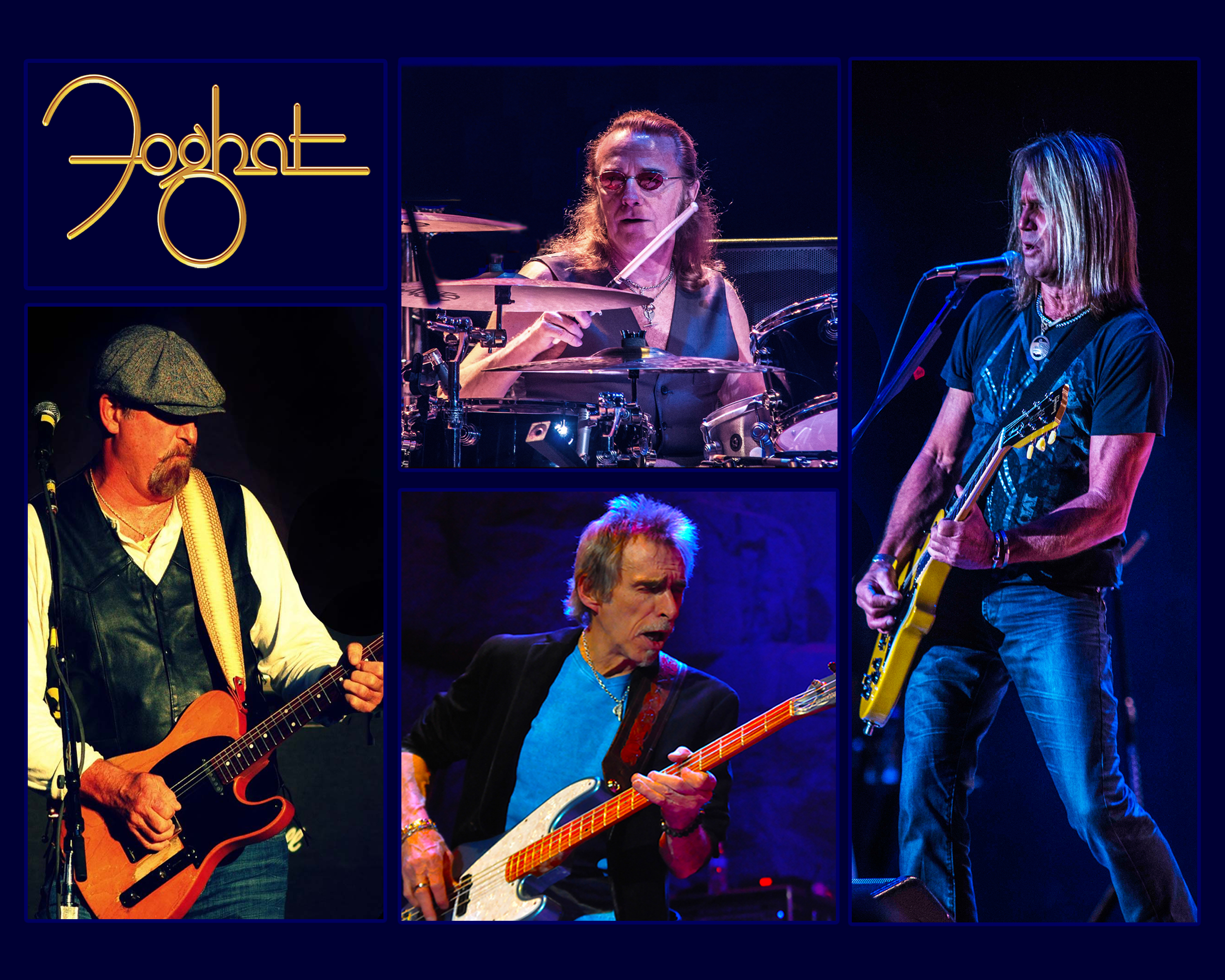
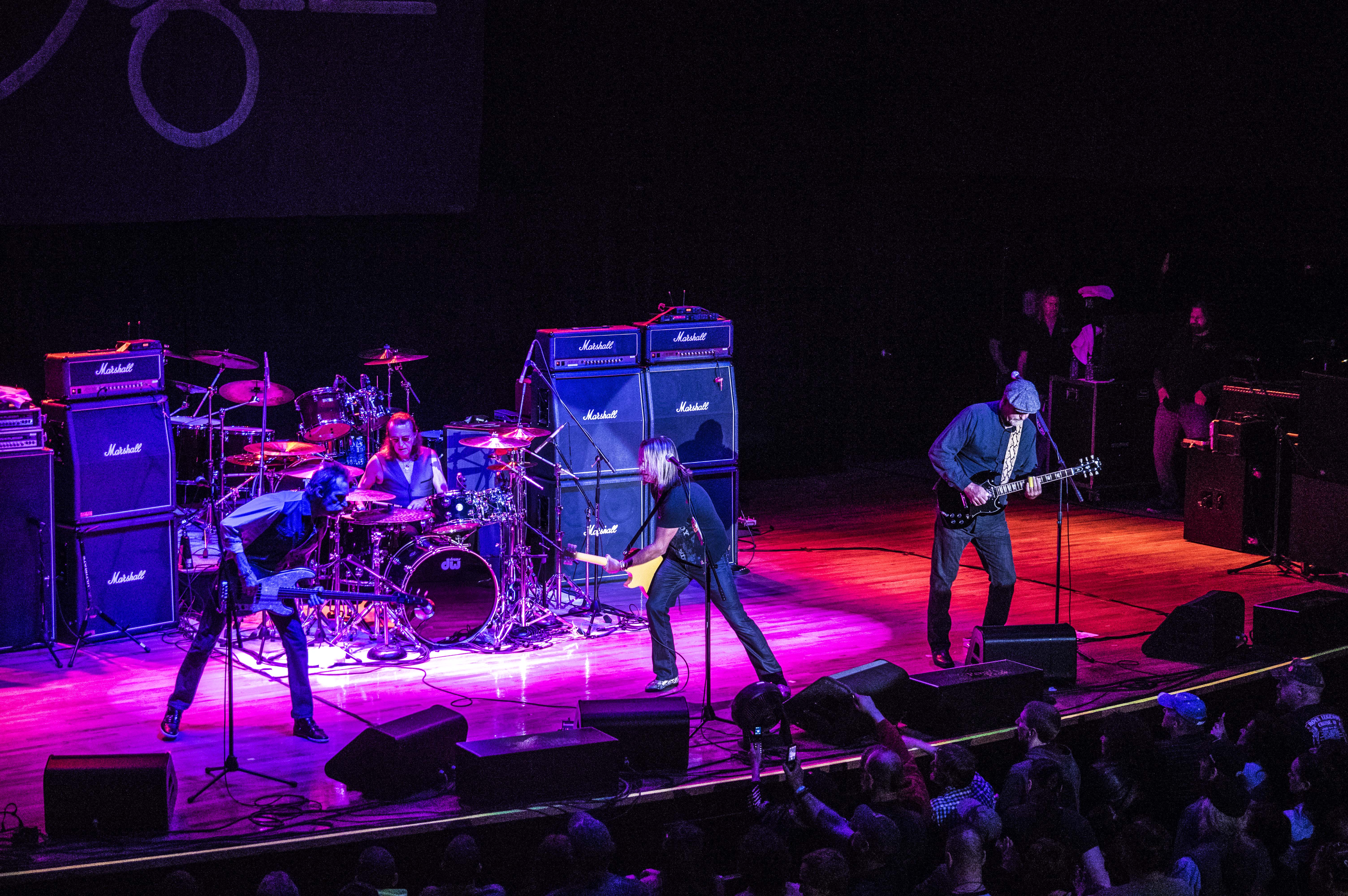

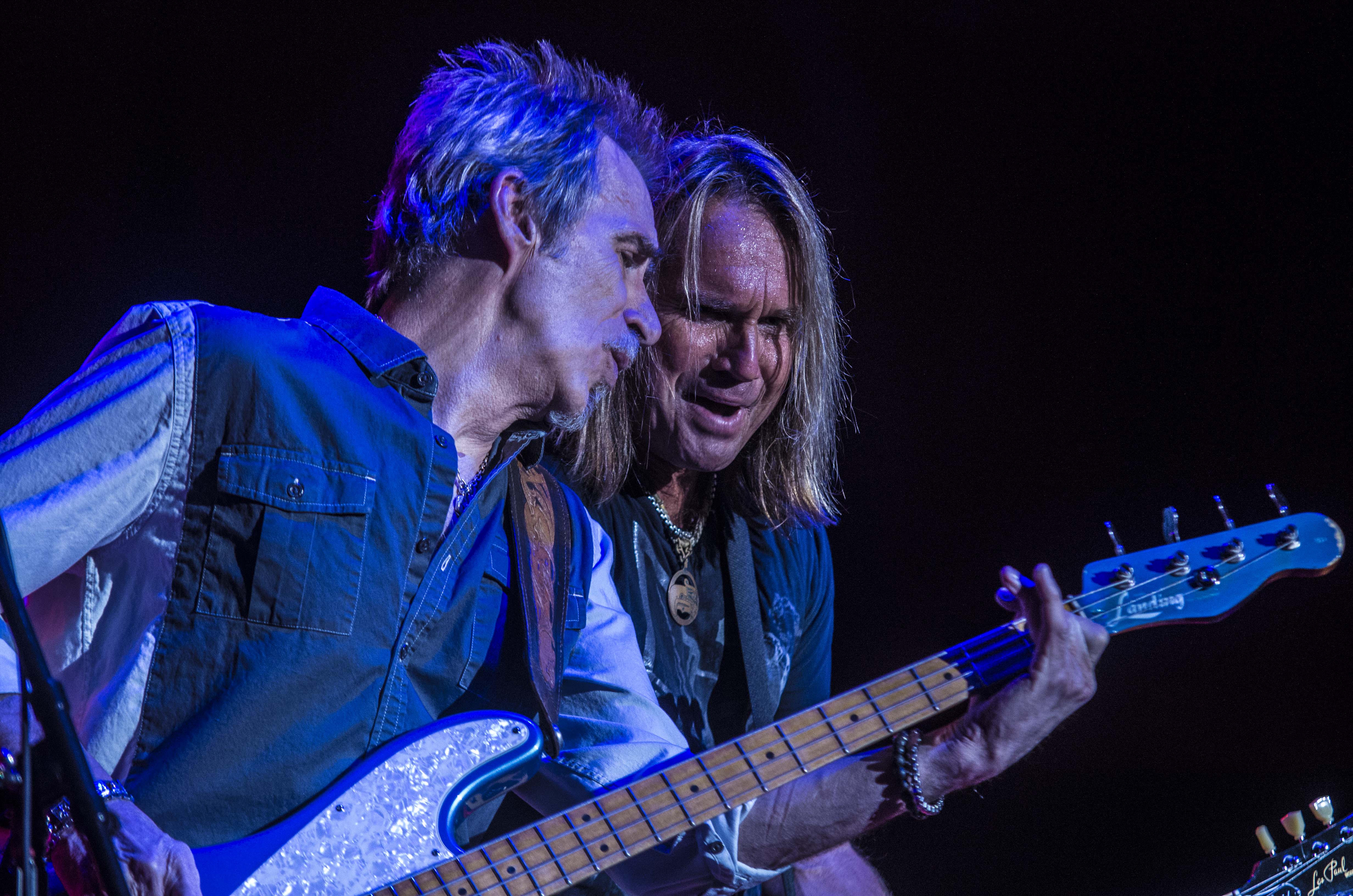
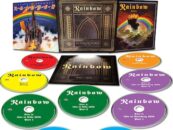
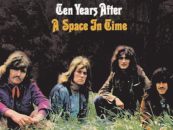
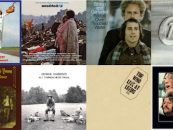


2 Comments so far
Jump into a conversationGreatly Enjoyed Reliving the “Glory Days” of FOGHAT from the 1970’s… Superb Musicians of their own Unique Style.. Thank you for the Memories!!